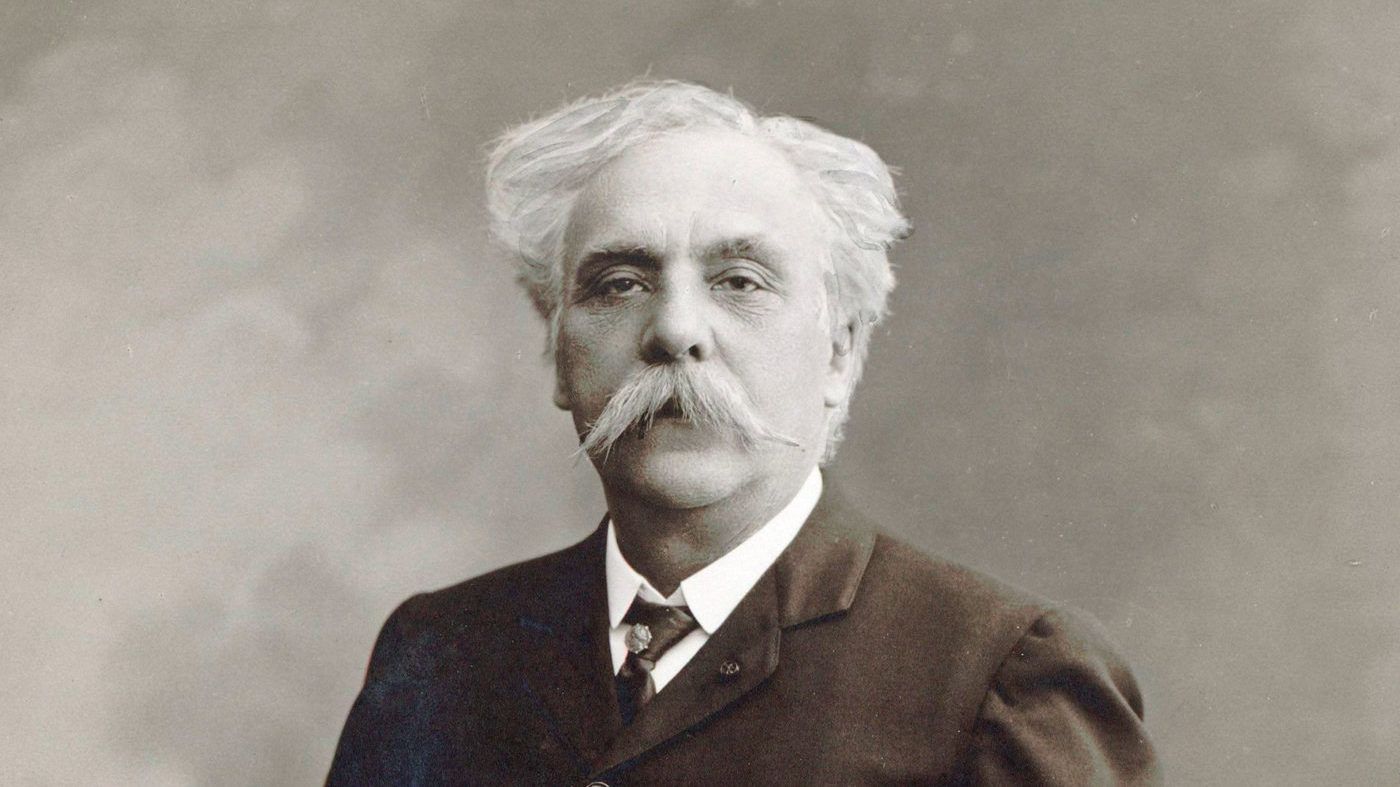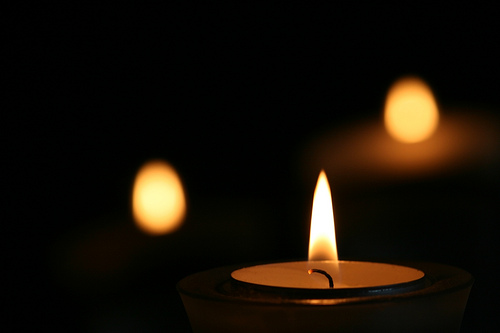“Le Secret”: Fauré’s Mystical Art Song
Throughout Gabriel Fauré’s 1879 song, Le Secret, serene, hypnotically repeating chords in the piano toll like an immortal bell. We drift into a detached dreamscape which seems to anticipate the final, time-altering movement of Olivier Messiaen’s Quartet for the End of Time. The song’s text is a setting of Paul-Armand Silvestre’s poem, Mystère, from the collection, Le pays des roses (1882). Its three stanzas blur the lines between dawn, day, and night. A sense of transcendental mystery is …






